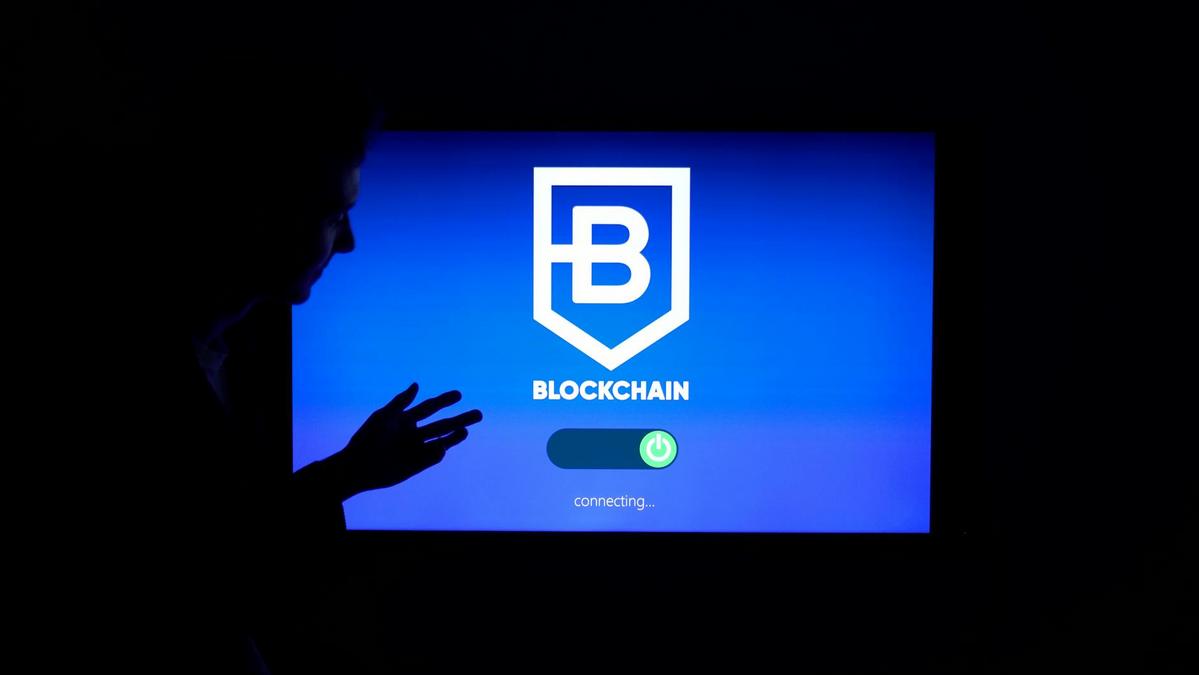
The Importance of IoT Standards for Interconnectivity
The rapid evolution of technology has ushered in an era where interconnected devices are becoming an integral part of our daily lives. The Internet of Things (IoT) is at the forefront of this revolution, promising to transform everything from our homes to entire industries. However, the true potential of IoT can only be realized through the establishment of common standards that ensure seamless interconnectivity among devices.
The Internet of Things (IoT) is a sprawling network of devices that communicate with each other to perform tasks more efficiently and intelligently. Yet, without standardized protocols, these devices often struggle to ‘speak the same language.’ This lack of standardization can lead to compatibility issues, security vulnerabilities, and stunted innovation.
Why IoT Standards Matter
Standards are crucial for ensuring that IoT devices can communicate effectively, regardless of the manufacturer. According to the Internet Engineering Task Force (IETF), interoperability is key to the successful deployment of IoT solutions. Without it, the risk of fragmented systems increases, which can lead to inefficiencies and higher costs.
Expert Opinions
“Interoperability through standards is the backbone of a successful IoT ecosystem,” notes Dr. Klaus Schwab, a noted expert in the field. “Standards foster innovation by creating a level playing field where new ideas can flourish.”
Statistics and Research
A report by MarketsandMarkets indicates that the IoT market is projected to grow from $157 billion in 2018 to $457 billion by 2020. This growth underscores the need for standardized protocols to manage the influx of new devices.
Real-World Examples
Consider a smart home scenario where a thermostat, lights, and security system are all from different brands. Without a common standard, integrating these devices into a cohesive system can become a nightmare, leading to compatibility issues and increased complexity for the user.
Actionable Tips
- Stay informed about emerging IoT standards like MQTT and CoAP, which are gaining traction for their lightweight and efficient protocols.
- When purchasing IoT devices, opt for those that adhere to widely recognized standards to ensure future compatibility.
- Participate in forums and discussions related to IoT to stay ahead of industry trends and standards development.
Table: Comparison of IoT Standards
| Standard | Use Case | Advantages | Disadvantages |
|---|---|---|---|
| MQTT | Data transfer | Lightweight protocol | Limited to small data packets |
| CoAP | Constrained environments | Resource-efficient | Less mature than other standards |
| Zigbee | Home automation | Low power consumption | Shorter range |
| Z-Wave | Home automation | Interoperability | Proprietary |
| BACnet | Building automation | Open protocol | Complex setup |
| LoRaWAN | Long-range communication | Wide coverage | Lower data rates |
| BLE | Short-range communication | Energy efficient | Limited range |
| NFC | Contactless transactions | Secure | Very short range |
Conclusion
In conclusion, the establishment of IoT standards is not just a technical necessity but a catalyst for the future of interconnected devices. By embracing and supporting the development of these standards, businesses and consumers alike can unlock the true potential of IoT, leading to smarter, more efficient, and more connected solutions. For more information on IoT standards, visit the International Organization for Standardization.
Frequently Asked Questions
What are IoT standards?
IoT standards are guidelines that ensure devices can communicate and work together effectively, regardless of their manufacturer.
Why are IoT standards important?
They ensure interoperability, enhance security, and facilitate innovation by creating a consistent framework for device interaction.
How can I ensure my IoT devices are compatible?
Look for devices that adhere to widely recognized standards and regularly update their software to align with new protocols.


